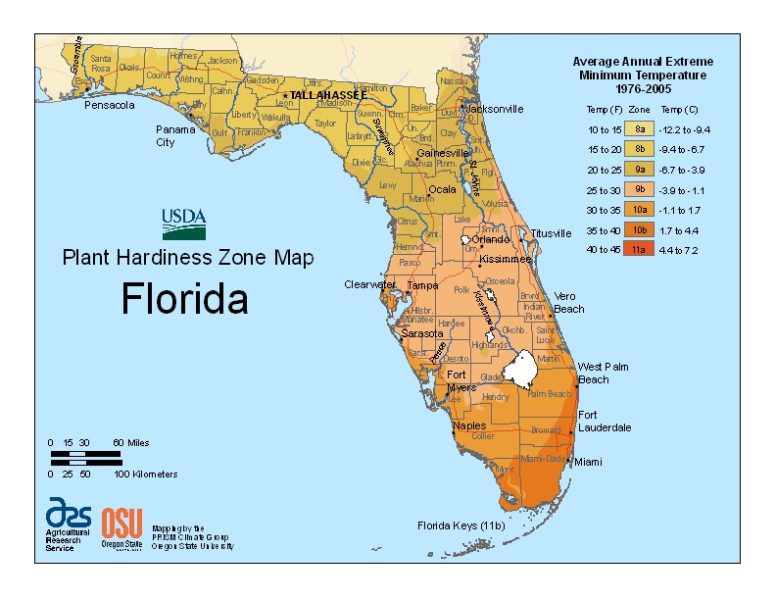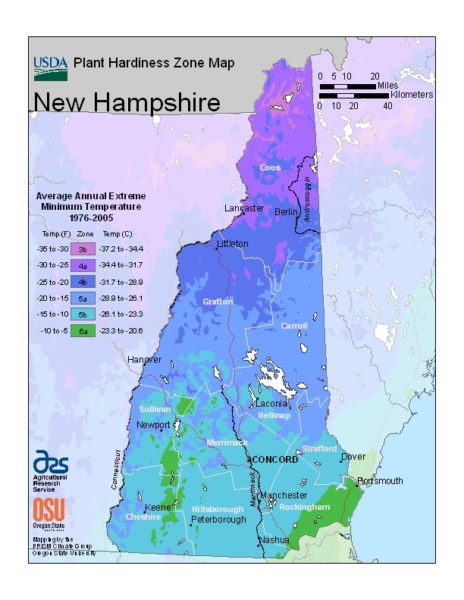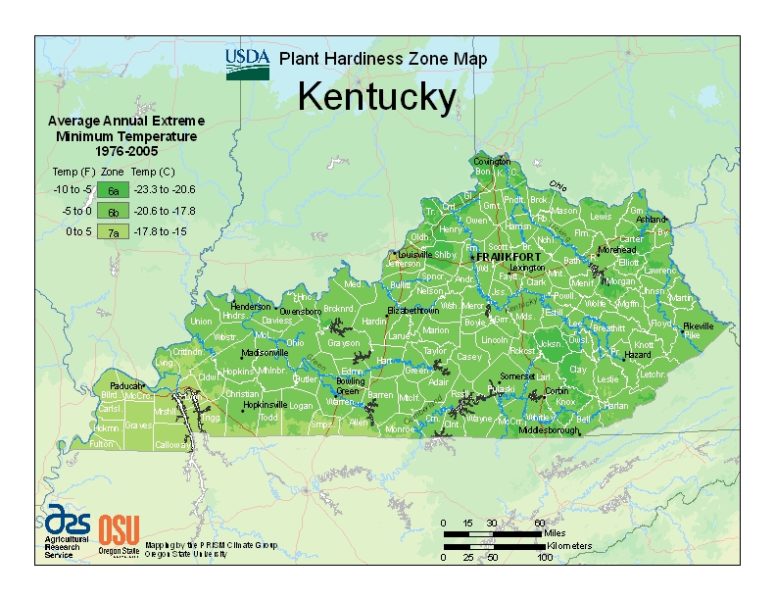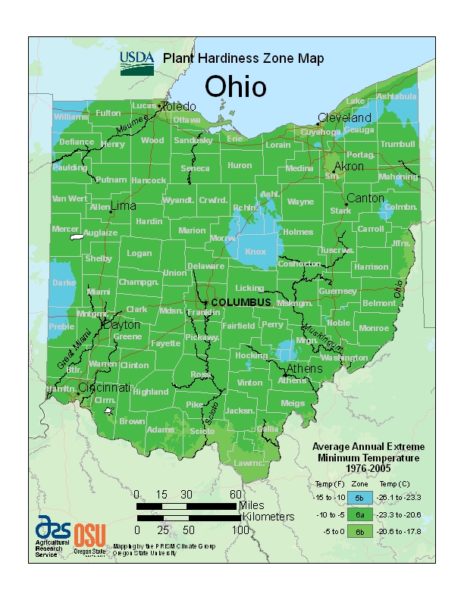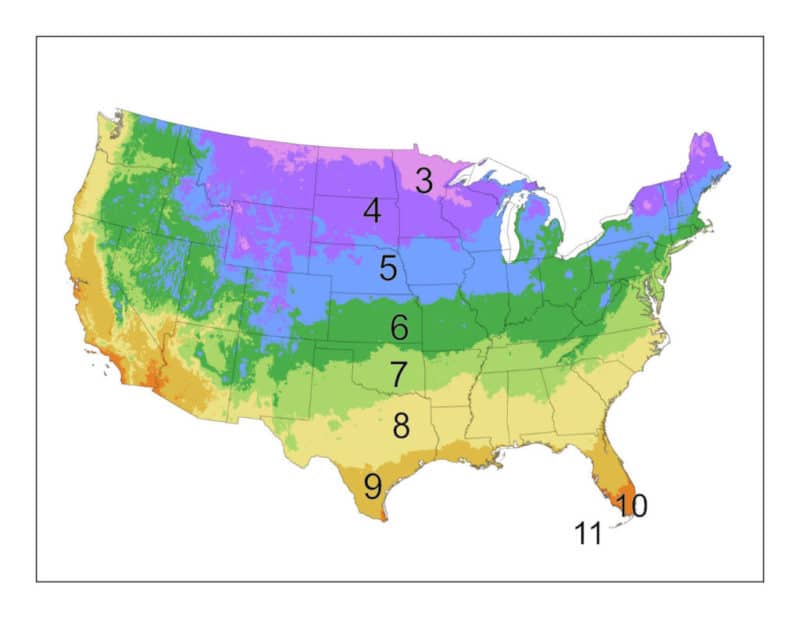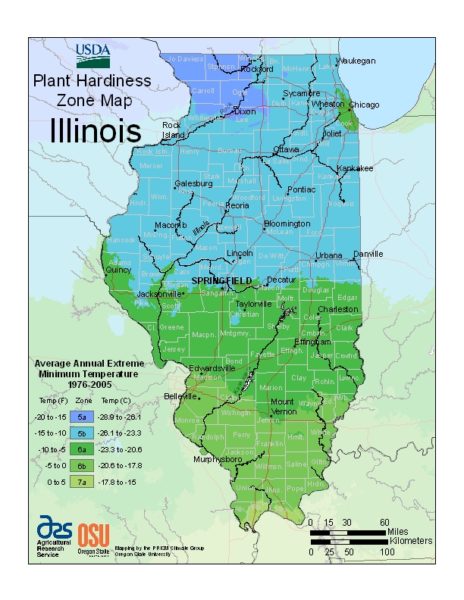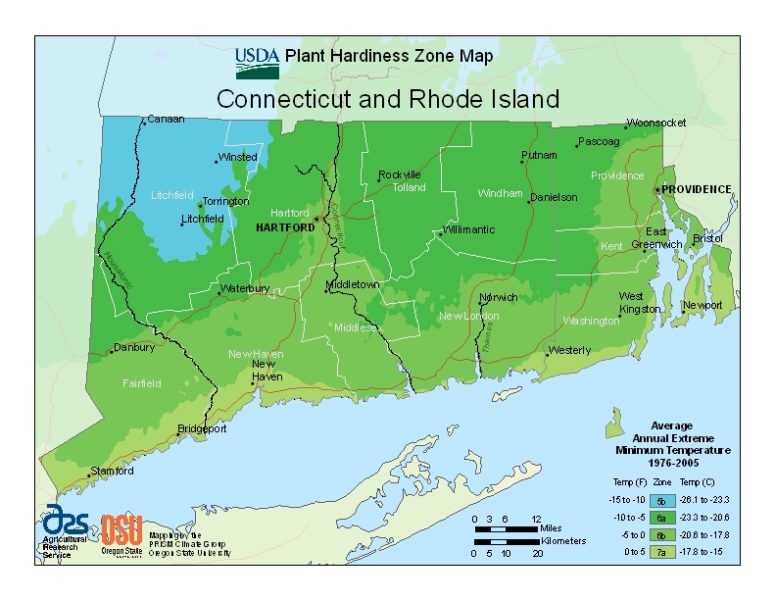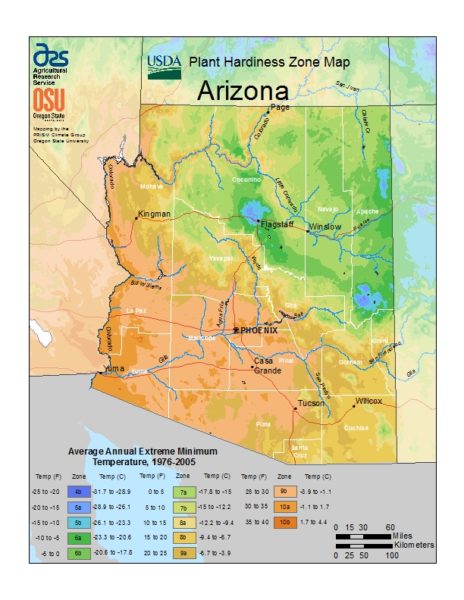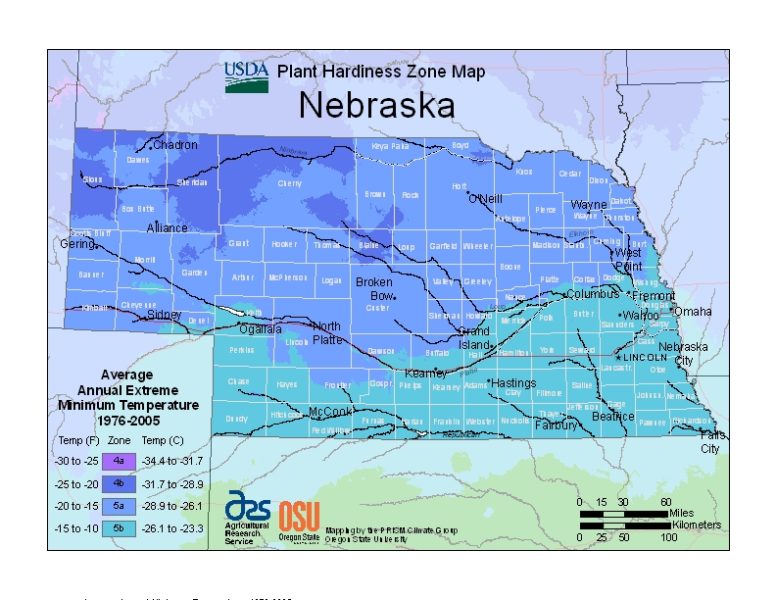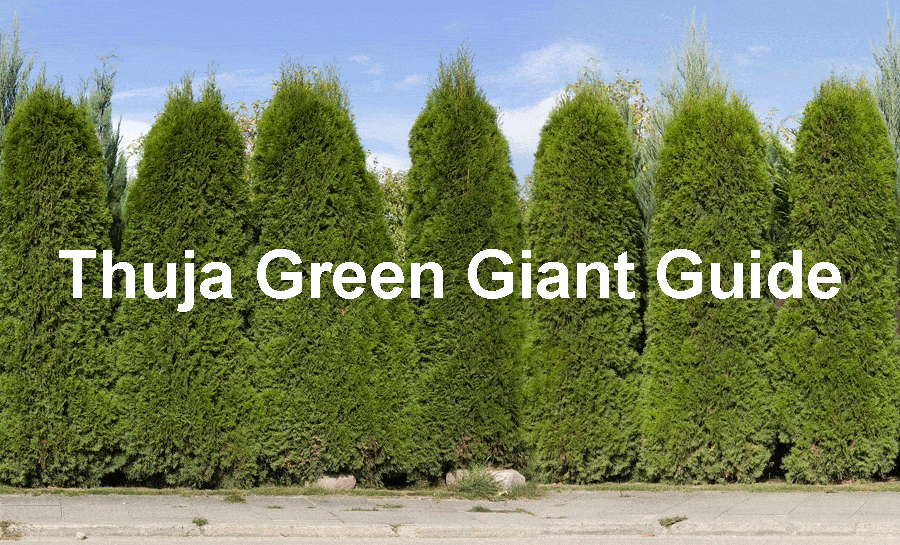
Thuja Green Giant trees (Thuja standishii x plicata ‘Green Giant’) have gained immense popularity due to their fast-growing nature, evergreen foliage, and excellent privacy screen abilities. This grow guide aims to provide you with valuable information on how to successfully cultivate and care for Thuja Green Giant trees, ensuring their healthy growth and longevity.
INTRODUCTION
Thuja Green Giant trees, often referred to as the “Green Giant Arborvitaes,” are known for their impressive growth rate and dense, lush green foliage. These hybrid trees are a cross between the Japanese Thuja standishii and the Western Red Cedar, Thuja plicata. With their towering height, resistance to pests and diseases, and adaptability to various soil conditions, they have become a popular choice for homeowners and landscapers alike.
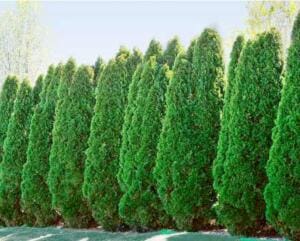 Choosing the Right Location
Choosing the Right Location
Selecting the ideal location is crucial for the successful growth of Thuja Green Giant trees. Consider the following factors:
Sunlight
These trees thrive in full sunlight to partial shade. Ensure they receive at least 6 hours of direct sunlight each day for optimal growth.
Soil Conditions
Thuja Green Giants prefer moist, well-drained soil. They can tolerate a range of soil types, including clay, loam, or sandy soil. However, avoid planting them in areas prone to waterlogging.
Spacing
Since these trees can reach impressive heights and widths, ensure you have enough space for proper growth. Plant them at a recommended distance of 10 to 15 feet apart, depending on the desired density of the screen.
What size Thuja Green Giant Should I Buy?
Since these are fast-growing trees, we usually recommend looking for a tree in a 3-gallon container. It should range somewhere between 3 and 5 feet tall. A lot of people want that privacy screen right away and will spend a lot more money for much larger sizes. Just keep in mind, that the larger the root ball, the longer it takes to acclimate to the transplant to your soil.
This means a 3-gallon, smaller tree will begin growing sooner than a much taller tree in a much larger container. The difference could mean 2 years before a large tree begins to grow out where a smaller tree could start that growth spurt in as little as 6-months.
We’ve included links at the end with links to our top-rated online nurseries who will ship Thuja Green Giants right to your door!

Thuja Green Giant Planting Process
Digging the hole
Dig a hole that is twice as wide as the tree’s root ball and slightly shallower. This allows the roots to spread comfortably.
Soil preparation
Enhance the soil’s fertility by mixing in compost or organic matter. This improves drainage and provides necessary nutrients for the tree’s development.
Planting the tree
Place the tree in the center of the hole, ensuring the top of the root ball is level with the surrounding soil. Backfill the hole with soil, gently firming it around the roots, and water thoroughly to settle the soil.
Mulching
Apply a layer of organic mulch, such as wood chips or bark, around the base of the tree. Mulching helps retain moisture, suppresses weed growth, and moderates soil temperature.
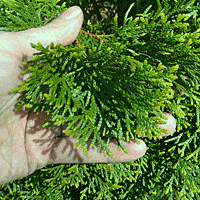
Green Giant Arborvitae Care and Maintenance
To ensure the healthy growth of your Thuja Green Giant trees, follow these care and maintenance guidelines:
Watering
- Initial Watering: After planting, provide a deep watering to help the roots establish. Water the tree thoroughly, ensuring the soil is evenly moist but not waterlogged. Repeat this process 2-3 times a week during the first year.
- Ongoing Watering: Once established, Thuja Green Giants are moderately drought-tolerant. However, during periods of prolonged dryness, it’s crucial to provide supplemental watering. Aim for approximately 1 inch of water per week, either through rainfall or irrigation.
Pruning
- Shaping and Maintenance: Pruning helps maintain the desired shape and density of the tree. Begin pruning when the tree is young to encourage branching. Remove any dead, diseased, or damaged branches throughout the year. Additionally, trim any overgrown areas to maintain an even appearance.
- Timing: Late winter or early spring is the best time to prune Thuja Green Giants before new growth starts. Avoid heavy pruning in late summer or fall as it may stimulate new growth vulnerable to winter damage.
Fertilization
- Organic Fertilizers: Thuja Green Giants generally do not require excessive fertilization. However, if the soil lacks essential nutrients, you can apply a slow-release, balanced organic fertilizer in early spring. Follow the manufacturer’s instructions for proper dosage.
- Soil Testing: To determine specific nutritional requirements, consider conducting a soil test. This will help identify any specific deficiencies and allow you to adjust fertilization accordingly.
Pest and Disease Control
- Common Pests: Thuja Green Giants are generally resistant to pests. However, keep an eye out for common issues like bagworms, spider mites, and aphids. If you notice any infestations, treat them with appropriate organic insecticides or consult a professional.
- Disease Prevention: These trees have good natural resistance to diseases. However, environmental stressors and poor growing conditions can make them susceptible to issues such as root rot or certain fungal infections. Ensure proper watering, and good soil drainage, and provide adequate air circulation around the trees.
Winter Protection
- Tying and Wrapping: In areas with harsh winters, young Thuja Green Giants may benefit from wrapping or tying the branches together to protect them from heavy snow or ice. This reduces the risk of branch breakage.
- Anti-Desiccant Sprays: Applying anti-desiccant sprays in late fall can help minimize moisture loss through the leaves during winter and protect the trees from excessive drying.
With their remarkable growth rate and attractive evergreen foliage, Thuja Green Giant trees are an excellent choice for creating stunning privacy screens or windbreaks. By choosing the right location, following proper planting techniques, and providing appropriate care, you can ensure the healthy and vigorous growth of these beautiful trees in your landscape. Remember to water regularly, prune as needed, fertilize when necessary, and monitor for pests or diseases. With time and proper maintenance, your Thuja Green Giants will flourish and bring beauty to your outdoor space for years to come.
In summary, Thuja Green Giants are versatile evergreen trees that offer numerous benefits, from privacy screening to wind protection. By providing proper care in terms of watering, pruning, fertilization, and pest control, you can ensure the healthy growth and resilience of these impressive trees in your landscape. Their rapid growth and adaptability make them a valuable addition to any outdoor space, creating a visual impact.
Thuja Green Giant Arborvitae Frequently Asked Questions
Thuja Green Giants For Sale From Our Top-Rated Online Nurseries
Compare prices on all Arborvitae trees from our top-rated nurseries.
- Most Popular Spring Blooming Evergreen Shrubs - March 6, 2025
- UPDATE! Unboxing Houseplant From Perfect Plants Nursery - March 5, 2025
- Winter Landscape Tips: How To Get A Head Start On Spring - January 6, 2025


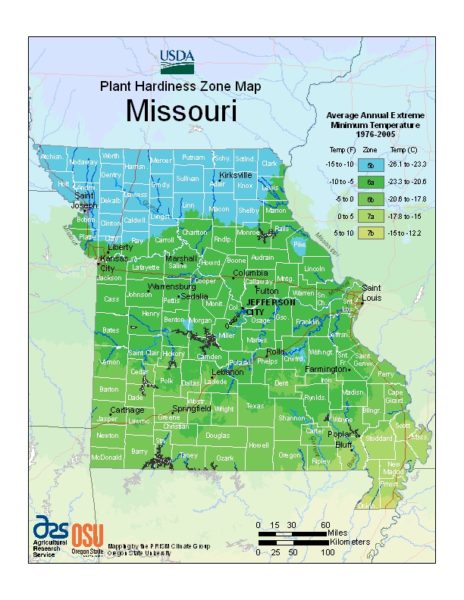

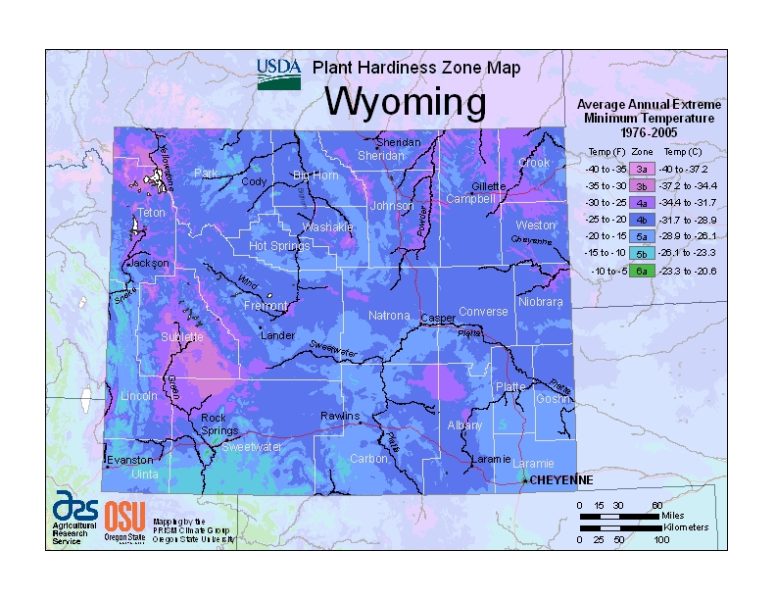





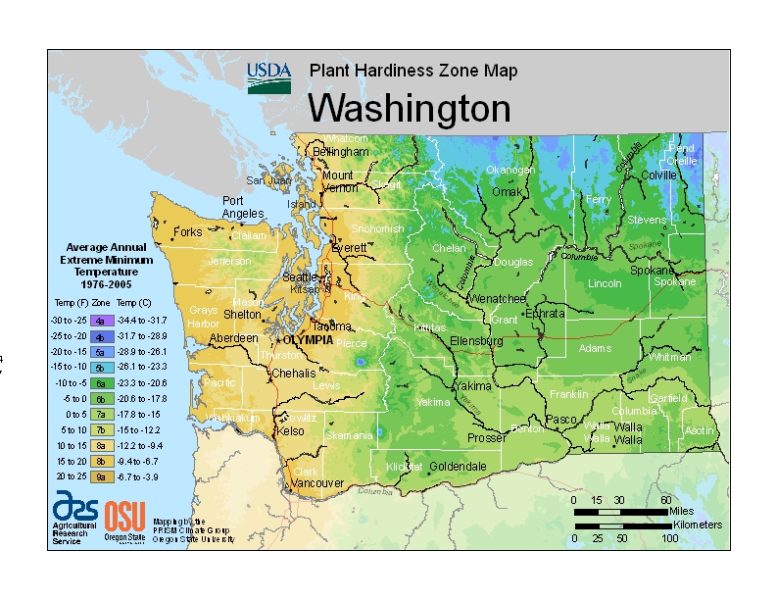
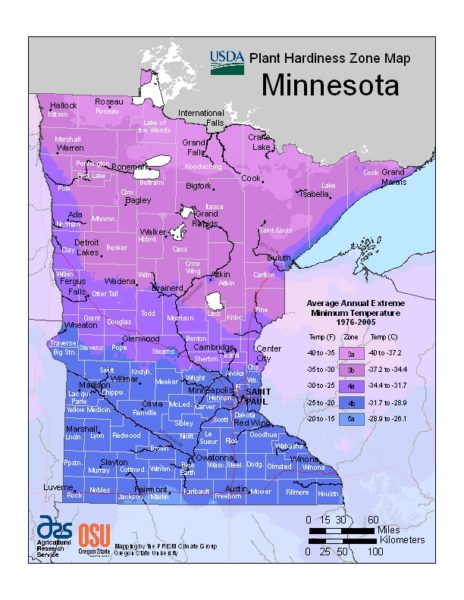





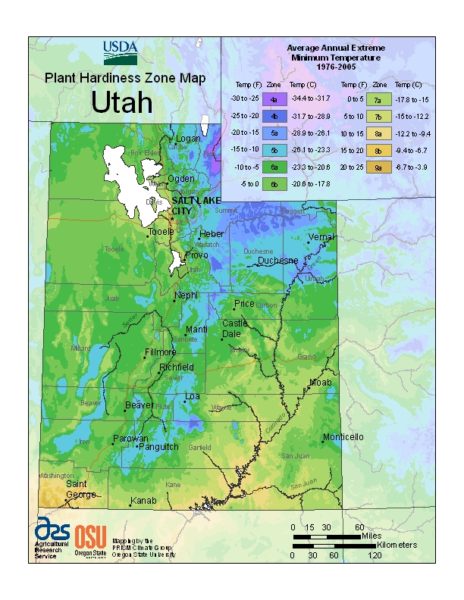






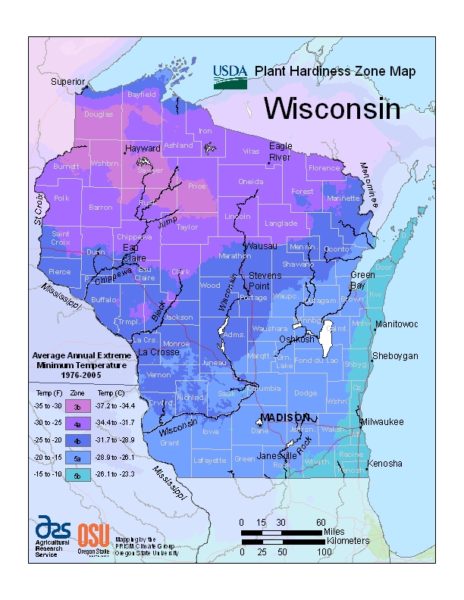 Wisconsin
Wisconsin